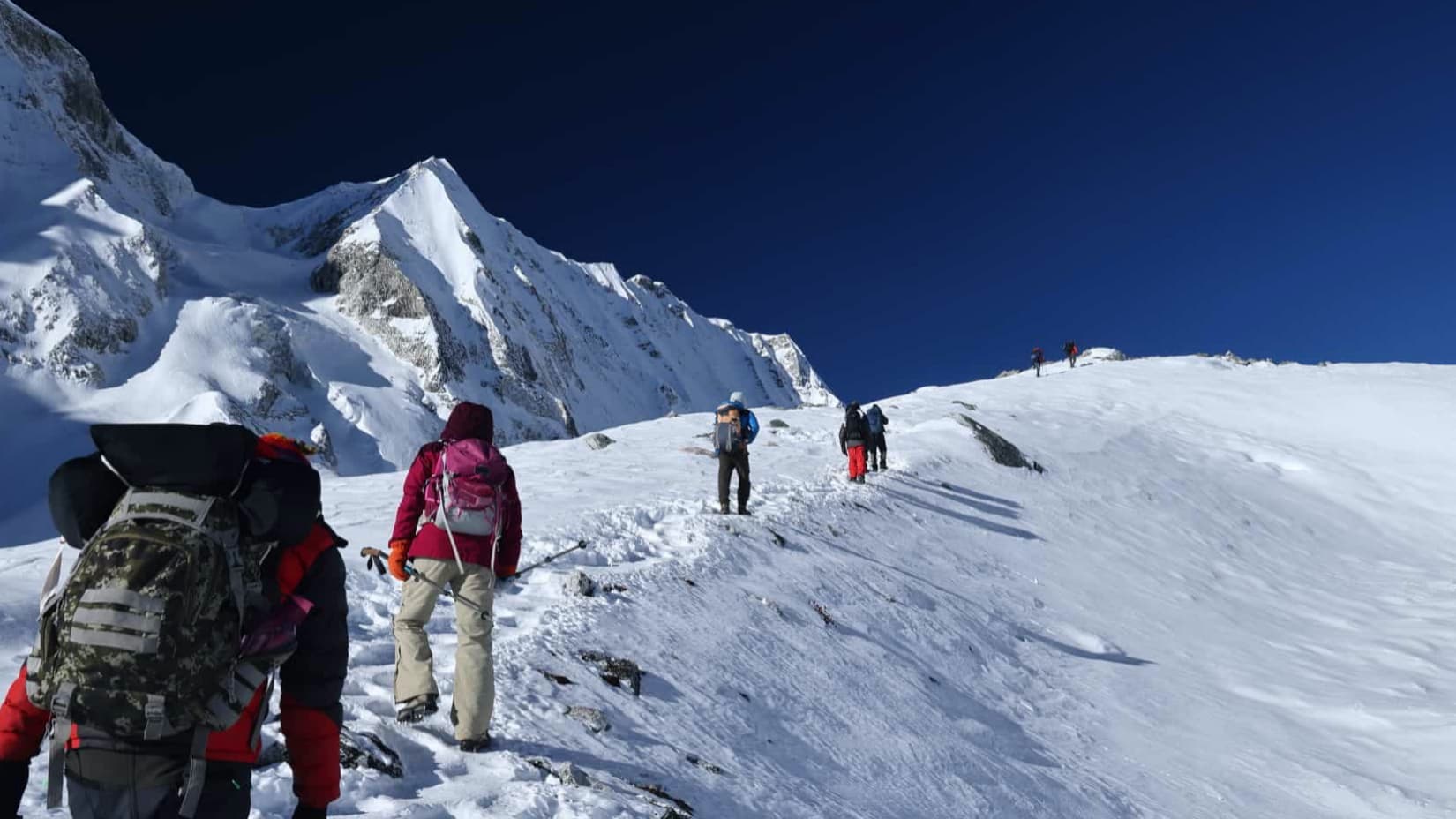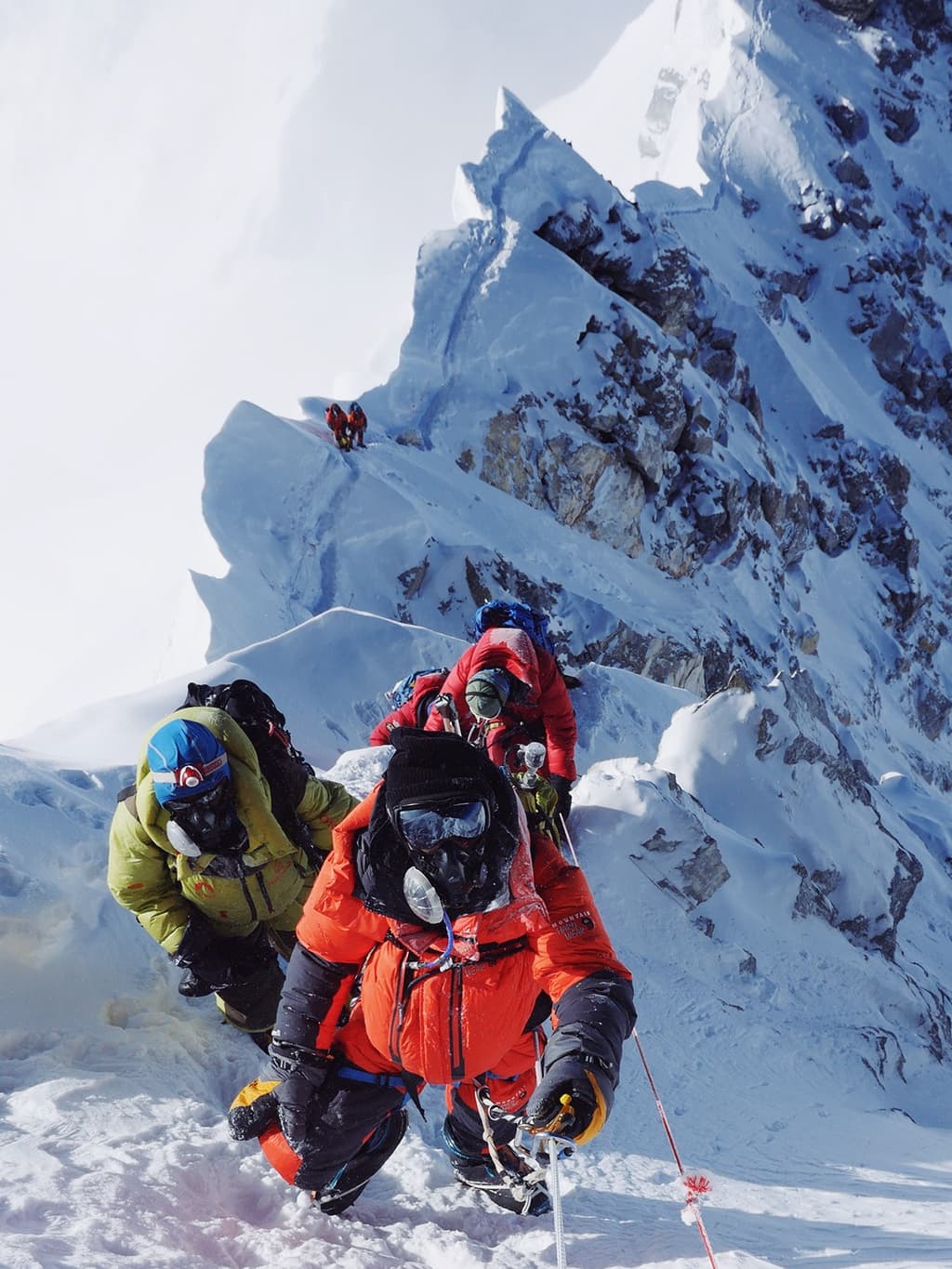Ever dreamed of conquering a Himalayan summit but hesitated, thinking it’s an adventure reserved only for the wealthy? The truth is, Nepal offers some of the most budget-friendly peak climbing experiences on the planet — where you can stand atop snow-capped giants without draining your savings. With thoughtful planning, expert guidance, and the right choice of expedition company, even modest budgets can reach impressive heights.
But you don't need a fortune to experience the thrill—budget-friendly peak climbing is very much achievable. With over 1,300 peaks open to climbers, Nepal's "trekking peaks" (those under 7,000 meters) provide accessible routes for those with basic mountaineering skills. In this guide, we'll explore how to climb these summits affordably, from selecting the right peaks to packing smart and staying safe. Whether you're a seasoned trekker or a first-time climber, this post will help you plan an epic, wallet-friendly adventure.
At Everest Sherpa Expedition, we believe that true adventure should be accessible to all. Whether you’re a seasoned climber or a passionate trekker taking your first step into mountaineering, Nepal’s wide range of trekking peaks allows you to live your Himalayan dream affordably — without compromising safety or experience.
Why Nepal is Perfect for Budget Climbers
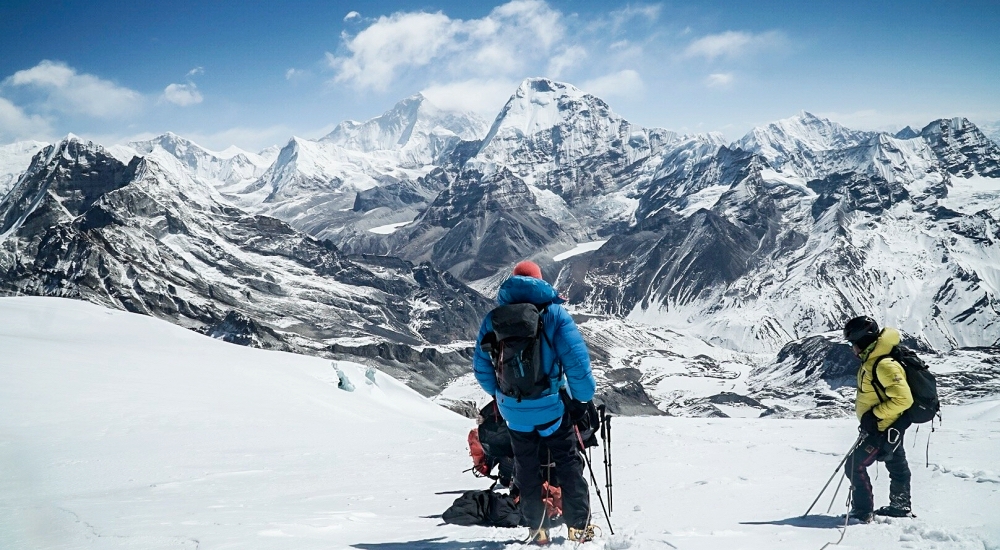
Nepal is uniquely suited to climbers looking for affordable yet life-changing mountaineering experiences. The reasons go far beyond low prices — they lie in the structure of Nepal’s trekking and mountaineering ecosystem itself.
Affordable Climbing Permits
The Nepal Mountaineering Association (NMA) manages many “trekking peaks,” typically between 5,500m and 6,500m, with permit fees as low as USD 70–250 per person — far less than 8,000m expeditions, which can cost several thousand dollars.
This simple system makes it easy for climbers to access high Himalayan peaks without the bureaucratic or financial weight of full-scale expeditions.
Shorter Expedition Duration
Unlike 8,000m climbs that require 45–60 days, most trekking peaks can be summited in 10–20 days, including acclimatization and approach treks.
Fewer days mean lower accommodation, food, and guide costs, making it realistic for travelers with limited time or resources.
Teahouse and Local Lodge System
One of Nepal’s greatest advantages is its teahouse trekking culture. These mountain lodges provide comfortable beds, hearty meals, and local warmth at affordable prices.
This means climbers don’t need to carry heavy camping gear or hire expensive logistics teams, drastically reducing the total cost.
Abundant Local Expertise
Nepal’s legendary Sherpa guides and porters bring unparalleled knowledge and efficiency.
Hiring local guides through a Nepali company like Everest Sherpa Expedition ensures that your money directly supports the mountain communities while keeping costs fair and transparent.
Equipment Rental Options
Buying full climbing gear can be expensive — but in Nepal, you don’t need to. Kathmandu and Pokhara are filled with trusted rental shops offering crampons, down suits, ice axes, and boots for a fraction of the retail price.
This makes high-altitude adventures financially accessible even for first-time climbers.
Recommended Budget-Friendly Peaks
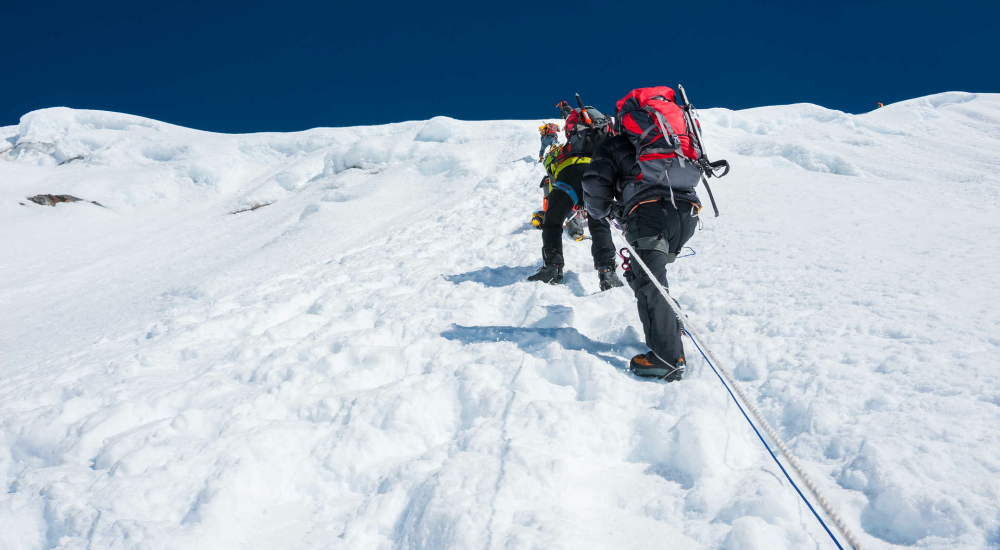
Here are some accessible peaks suitable for climbers with basic mountaineering experience (e.g., prior trekking or climbing courses). These are less commercialized than Everest, with shorter durations (10–20 days) and lower entry barriers. I've included approximate costs (in USD, for a solo climber or small group; prices fluctuate with inflation and season).
|
Peak |
Height |
Difficulty Level |
Duration |
Estimated Cost (per person) |
Key Notes |
|
Island Peak (Imja Tse) |
6,189m |
Moderate (technical glacier travel, fixed ropes) |
12–15 days |
$2,500–$3,500 |
Popular "starter" peak near Everest Base Camp. Involves a mix of trekking and climbing. Best in spring/fall. |
|
Mera Peak |
6,476m |
Moderate (some crevasse navigation, no technical ice climbing) |
14–18 days |
$3,000–$4,000 |
One of the highest trekking peaks; great views of Everest. Accessible via Lukla flight. Ideal for budget groups. |
|
Lobuche East |
6,119m |
Moderate (glacier crossing, basic crampons) |
10–14 days |
$2,000–$3,000 |
Shorter trip with Everest views. Often combined with Everest Base Camp trek. Less crowded. |
|
Pisang Peak |
6,091m |
Moderate (steep snow/ice sections) |
12–16 days |
$2,500–$3,500 |
In the Annapurna region; scenic and less touristy. Requires good fitness. |
|
Chulu East |
6,584m |
Moderate to Challenging (exposed ridges) |
15–20 days |
$3,500–$4,500 |
Remote in Annapurna; rewarding for experienced climbers. Lower permit fees. |
These peaks are regulated by Nepal's Department of Tourism and require a climbing permit (around $250–$500 per peak, plus a $500 garbage deposit refundable upon cleanup). Island Peak and Mera are the most budget-friendly due to established routes and infrastructure.
Cost Breakdown and Savings Tips
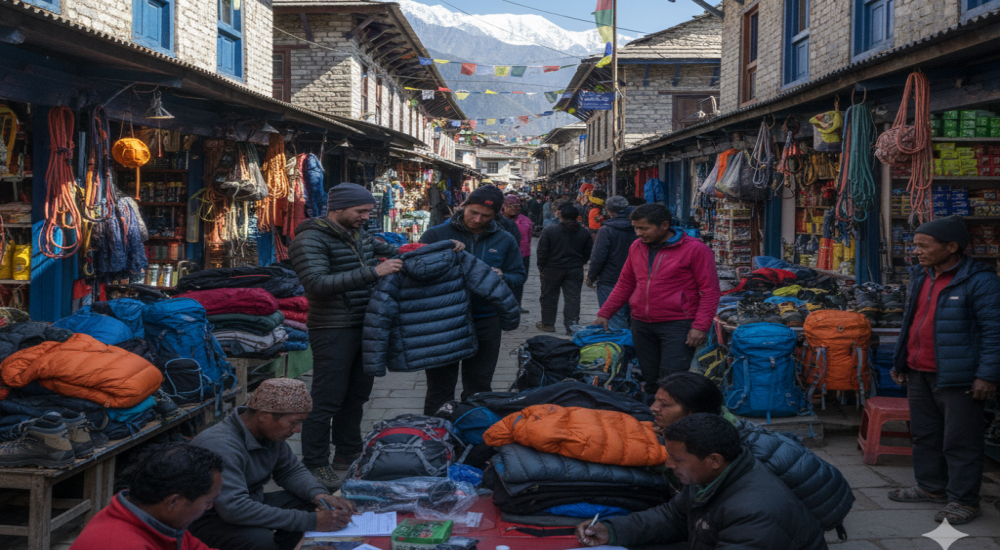
-
Permits and Fees: 500 per peak (e.g., Island Peak is 500 for the TIMS card (Trekkers' Information Management System) and $80 for Annapurna Conservation Area entry if applicable.
-
Guides and Porters: Hire a certified guide (30/day) and porter (20/day). For budget savings, join a group trek (via agencies like Summit Climb or local operators) to share costs—solo trips inflate expenses.
-
Flights and Transport: Domestic flights (e.g., Kathmandu to Lukla) cost 200 round-trip. Buses or jeeps to trailheads are cheaper (50).
-
Accommodation and Food: Teahouses en route (10/night) and meals (15/day). Carry your own gear to avoid rentals (100 for crampons, harness, etc.).
- Total Savings Strategies: Travel in off-season (e.g., November or April) for 20–30% discounts. Book through Nepali agencies (cheaper than international ones). DIY with a local guide if experienced, but never climb solo—Nepal mandates guides for peaks over 6,000m.
Essential Preparation and Safety Tips
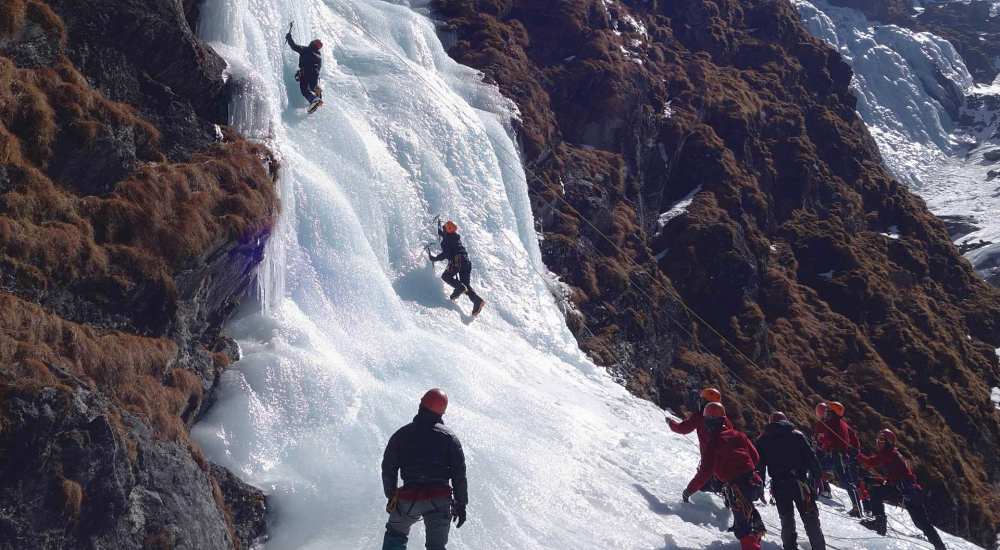
Preparation is key to a successful, budget-friendly climb. Here's what you need:
Fitness and Skills
- Build endurance with hikes and gym sessions. These peaks require good cardio and leg strength.
- Gain basic skills: Take a mountaineering course (e.g., via the American Alpine Club) if you're new.
Gear Essentials
- Must-Haves: Backpack, insulated jacket, sleeping bag (-20°C rating), crampons, ice axe, harness, helmet, trekking poles.
- Rent Locally: Save money by renting in Kathmandu—shops like Himalayan Glacier offer affordable options.
Health and Permits
- Insurance: Get coverage for high-altitude evacuation (e.g., helicopter rescue, $5,000+).
- Vaccinations and Meds: Hepatitis A/B, typhoid, and altitude sickness meds like Diamox.
- Permits: Secure via the official portal. Nepal mandates guides for peaks over 6,000m.
Safety First
- Acclimatize slowly to avoid AMS (Acute Mountain Sickness)—spend extra days at base camps.
- Check weather via apps like Mountain Forecast. Hire UIAGM-certified guides.
- Environmental Respect: Follow "Leave No Trace"—pack out all waste to protect Nepal's fragile ecosystems.
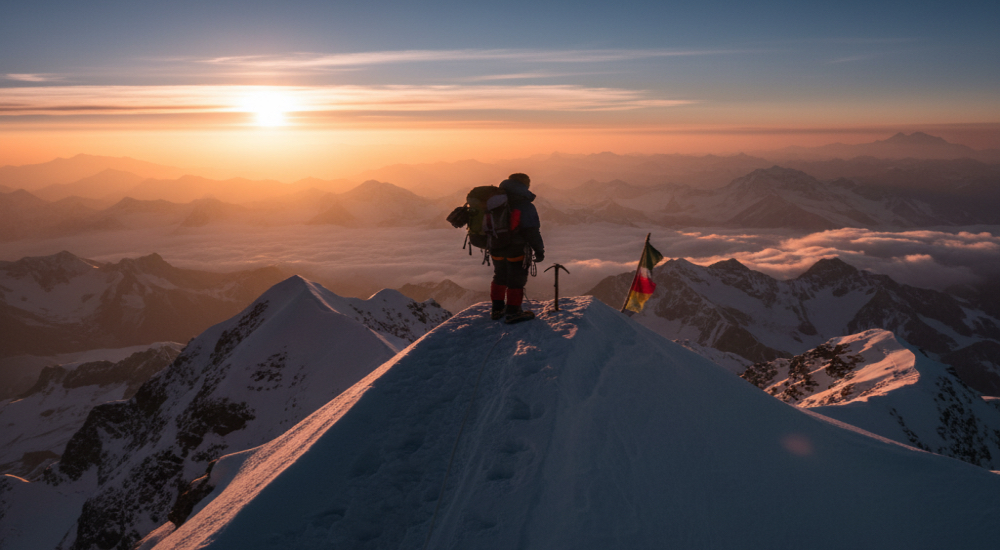
Conclusion: Adventure Within Reach
Budget should never be a barrier to your Himalayan dream. With smart planning and the right guidance, you can stand atop a Himalayan peak and feel the same thrill, the same wind, and the same pride as any seasoned alpinist.
At Everest Sherpa Expedition, we open the doors to the world’s greatest mountains — affordably, safely, and sustainably. Your journey to the top doesn’t have to cost a fortune; it only requires courage, preparation, and the right team beside you.
